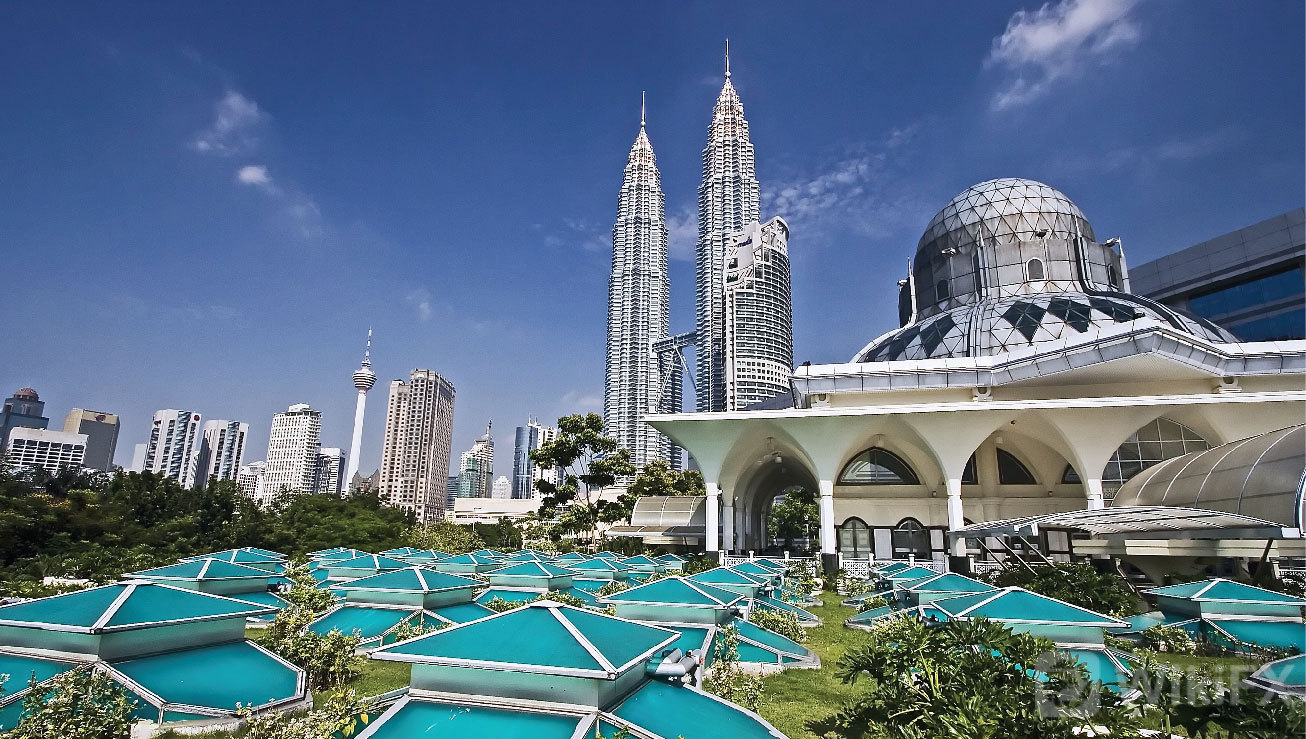
It is the second time in two years that this has happened and in both cases, the cause is clearly the lockdown policy imposed by the government. This has been noted recently by former prime minister Najib Razak and it deserves some attention when politicians recognise the implications of the overreaction of the lockdown measures.
However, as is often the case in economics, the story is not quite so simple. Malaysias economic slowdown started well before the Covid-19 shock with weak growth in Q3 and Q4 of 2019. It became worse after the first lockdown caused the recessionary phase in Q2 and Q3 last year.
The deep 17.2% contraction of gross domestic product (GDP) year-on-year in Q2 2020 made Malaysia one of the worst performers among the top six Asean economies.
The lockdowns in 2021 repeated the 2020 experience with GDP contracting in two successive quarters by 1.9% quarter-on-quarter or 16.1% year-on-year in Q2 and 3.6% quarter-on-quarter or 4.5% year-on-year in Q3.
When compared with the other Asean countries with the top six economies, the impact of Covid-19 has been worse in Malaysia for three main reasons.
First, the lockdowns in Malaysia have been relatively longer and stricter than elsewhere and this has caused structural damage to businesses, employment, income and savings which affected recovery prospects.
Second, the government stimulus packages have not been as large or as effective as they had been presented.
Around half of the total allocation was not used quickly or at all and around half of what was used came from private sector sources, such as the Employees Provident Fund (EPF) withdrawals. In addition, the “targeted”, as opposed to a universal, approach was inefficient.
Third, Malaysia has been caught by Covid-19 in the middle of a structural transformation of the economy, substituting its engine of growth from investment to consumption and from the industrial to the services sector.
This structural change is a long-term trend that often happens as economies progress through successive phases of development.
In Malaysia, this process has been somewhat forced by previous governments and successive Malaysia Plans involving a progressive, relative reduction in funds to support public investment in all sectors of the economy, apart from services.
Private investment and foreign direct investment (FDI) inflows have followed the same trend. Aggregate FDI inflows fell by half in 2018 and half again in 2019, only recovering to the previous levels in 2020.
FDI in agriculture contracted significantly in 2017 and 2018 saw a contraction in construction and real estate. In 2019, FDI in manufacturing was the under-performer. Net FDI has been in trend decline since 2016.
Shift to consumption
All of this was before the Covid-19 crisis and the current government. Indeed it has its origins before the current and previous two prime ministers. Together, this has reduced the fuel needed for the engine of investment to help the economy grow.
At the same time, there has been a shift to consumption, which is powerful in pushing economic growth but it is not able to promote robust and sustained growth over time by itself.
We must also remember that the structural impact on incomes and savings means that there is very little pent-up consumption.
We have also seen a significant increase in unemployment and underemployment, which has become a structural feature of the Malaysian economy.
Again, we had seen this before the Covid-19 crisis but it has certainly been made worse by the lockdowns and employment recovery policies have the same ineffective targeting approach as before.
A word on inflation is also appropriate because price hikes, especially for meat and vegetables, have become an issue of public concern and debate. Contrary to the consensus, we expect inflation will be kept at bay, around 2.4% in 2021 falling to the normal 2.0% in 2022.
Despite the headline figures which are affected by oil-price effects and lockdown-induced supply shortages, both of which are temporary, inflation has been and will remain persistently low.
Core inflation, for example, has been stable at around 0.7% and may reach 1.5% in 2022 but persistent labour market slackness will moderate wages and price controls, especially on petrol, will help on the other side.
Based on this, we see no particular need for Bank Negara to change its interest rate policy in the near future.
So there are three points to note about the current position of the Malaysian economy.
First, we are at a turning point, moving from a technical recession into slow and fragile growth.
From now on, we expect to see a recovery phase, but slower than expectations and certainly not the 6-7% forecast by others. Growth will more likely be around half of this in the 2.5-3.5% range.
Second, we do not have a balanced growth model in Malaysia with recovery likely to be pushed by consumption, not investment. The impact of the Covid-19 crisis has caused significant structural damage which needs investment to put right.
Without that, the damage of the past will impact growth prospects in the future and high growth, while possible, is not coming back anytime soon, unless investment improves.
Third, Malaysia is likely to emerge from the crisis as the worst performer among the larger Asean countries and if, as has been predicted already, the move to the endemic phase is postponed by the Omicron variant, the transition to slow and fragile recovery may be derailed, especially if the same futile policy of lockdowns re-emerges.

Leave a Reply